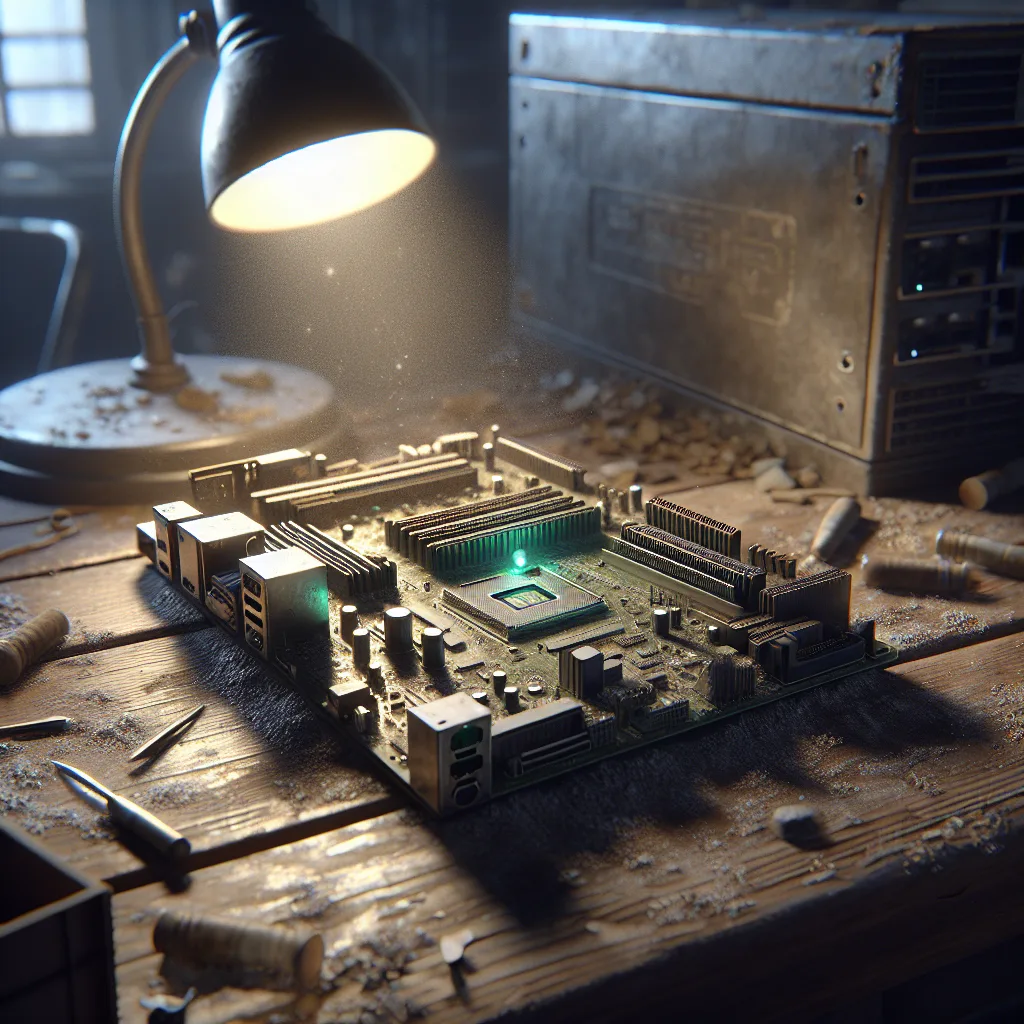Your motherboard isn’t getting BIOS updates anymore. Find out what ‘end-of-life’ really means and if it’s a security or stability risk for your PC.
I was tinkering with my home server the other day—a humble machine pieced together from older parts—and a thought crossed my mind. The motherboard in that box is ancient in tech years. It hasn’t seen a BIOS update since the company stopped supporting it half a decade ago.
So it got me thinking: Is that a problem? When a motherboard reaches its official “end-of-life” (EOL), should you be concerned?
It’s a great question, because “end-of-life” sounds so final, so… dramatic. But the reality, like most things in tech, is a bit more nuanced.
First, What Do BIOS Updates Actually Do?
Before we decide whether to panic, let’s quickly break down what a BIOS (or its modern cousin, UEFI) update even is. When a manufacturer releases one, it’s usually for one of three reasons:
- Security Patches: This is the big one. Researchers are always finding new vulnerabilities at the firmware level (think Spectre and Meltdown). BIOS updates patch these holes to keep attackers out.
- Hardware Compatibility: A motherboard might need an update to properly recognize a brand-new CPU that was released after the board was manufactured. It can also improve compatibility with new RAM kits or other peripherals.
- Stability and Bug Fixes: Sometimes, a board has weird quirks. Maybe it has trouble waking from sleep, or the fan speeds are wonky. BIOS updates often contain simple bug fixes to iron out these kinds of performance issues.
That’s pretty much it. They aren’t like Windows or macOS updates that add a bunch of new features. They’re low-level, surgical fixes.
The “If It Ain’t Broke” Rule of Thumb
Now, back to our EOL motherboard. It’s not getting any of those updates. Is it a ticking time bomb?
Probably not.
The answer really depends on one simple question: How are you using the computer?
Let’s imagine your PC is like my old server. It’s sitting in a corner, not connected to the internet, and its only job is to store files on my local network. It has a CPU and RAM that have been in it for years, and the whole system is perfectly stable.
In that scenario, a lack of BIOS updates is almost completely irrelevant.
- Security? The biggest threats are patched via BIOS updates, but those threats almost always come from the internet. If the machine is offline, its attack surface is tiny. It’s like worrying about pirates when your boat is in a landlocked lake.
- Hardware support? I’m not planning on upgrading the CPU or RAM. The hardware I have works, and it’s going to be the same hardware tomorrow. No need for new compatibility updates.
- Stability? The machine has been running without a hiccup for years. A “stability” update could, ironically, introduce new bugs. There’s no reason to fix what isn’t broken.
For a machine like this, “end-of-life” doesn’t mean “dead.” It just means “finished.” The hardware configuration is set in stone, and as long as it’s doing its job, you can let it run until the capacitors give out.
So, When Should You Actually Worry?
Of course, it’s not always that simple. There are definitely times when an EOL motherboard is a genuine problem. You should probably consider upgrading if your situation looks more like this:
- Your Computer is Online: If the PC is your daily driver—used for browsing the web, checking email, and downloading files—then you want those security patches. An EOL motherboard on an internet-facing machine is an unnecessary risk. New vulnerabilities are discovered all the time, and you’re leaving the door wide open.
- You Want to Upgrade Your Hardware: Let’s say you find a great deal on a newer, compatible CPU. You pop it in, and… nothing. It turns out you need a BIOS update from six months after your support ended to make it work. In this case, your motherboard’s EOL status is actively preventing you from upgrading.
- You’re Dealing with a Known, Unfixed Bug: If your computer has a specific, annoying issue (like random reboots or USB ports that don’t work right) and you find an old forum post describing how a later BIOS update fixed it for everyone else… well, that’s frustrating. You’re stuck with the problem forever.
It’s Not a Death Sentence, It’s a Retirement
Ultimately, a motherboard hitting its end-of-life isn’t a sign of impending failure. It’s a sign of retirement. It’s done learning new tricks.
For many perfectly good machines—especially offline servers, retro gaming rigs, or dedicated workshop PCs—that’s completely fine. They can continue doing their jobs reliably for years to come.
So before you rush to replace that old board, just take a look at what you’re asking it to do. If it’s stable, secure in its environment, and not in need of new parts, you can save your money. Just let the old workhorse keep on working.
